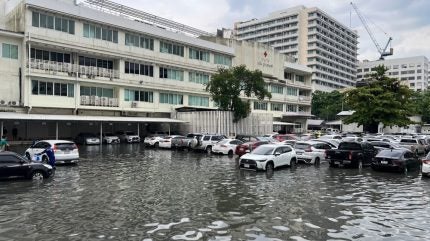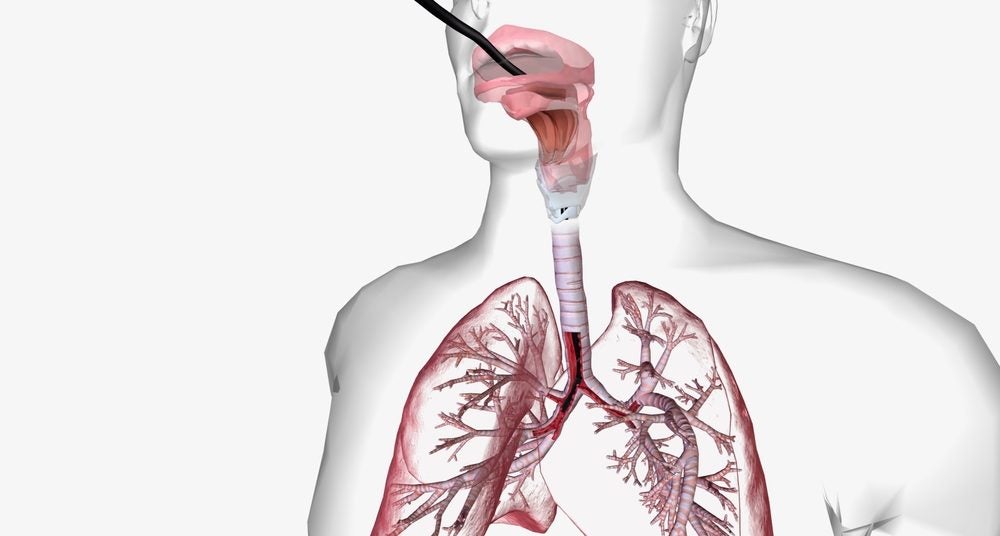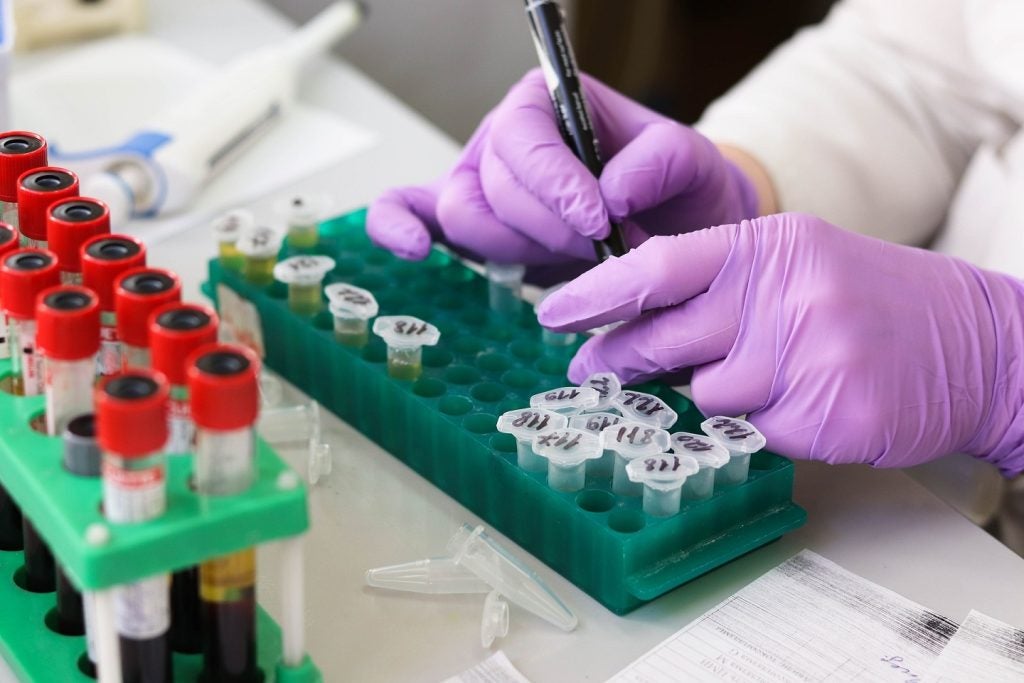
Climate change is presenting new challenges to human health.
Heat records were broken across all continents in 2022, and in 2023 the world experienced the highest global temperature in 100,000 years. The effects of this on health can be very direct, with rising temperatures putting increased pressure on the human heart.
Increased incidences of flooding as a result of more erratic weather damage public health infrastructure, meanwhile, and drought increases the spread of diseases transmitted through ticks and mosquitoes able to survive in new regions.
Pedro Beltran-Alvarez, co-director of the MSc in Health and Climate Change at the University of Hull, tells Hospital Management: “Everyone is vulnerable, to some extent, to climate change. Everyone is vulnerable to sea-level rise. Everyone is vulnerable to heat waves or to flooding, which can disrupt supply chains.”
Whose health is most at risk?
According to the World Health Organisation (WHO), 3.6 billion people already live in areas highly susceptible to climate change, but it is countries contributing least to climate change that are facing the biggest challenges.
The Lancet Countdown on health and climate change states that “the countries most vulnerable to climate impacts also face the most challenges in achieving adaptation progress,” as health systems in poorer communities struggle under demands of a changing climate.
How well do you really know your competitors?
Access the most comprehensive Company Profiles on the market, powered by GlobalData. Save hours of research. Gain competitive edge.

Thank you!
Your download email will arrive shortly
Not ready to buy yet? Download a free sample
We are confident about the unique quality of our Company Profiles. However, we want you to make the most beneficial decision for your business, so we offer a free sample that you can download by submitting the below form
By GlobalDataIt notes that, in 2021, low and medium human development index (HDI) countries reported the highest proportion of cities with no plans for a climate change risk assessment. Of the low HDI countries, only 44% reported high implementation of health emergency management capacities in 2022, a figure rising to 54% for medium HDI countries. This is compared with 85% of very high HDI countries.
Demographically, there are specific groups facing higher risks. Dr Anandita Pattnaik, policy officer at the UK Health Alliance on Climate Change, says that this “can worsen preexisting health inequalities,” highlighting that certain groups struggle to protect themselves from the impact of extreme environments.
“Climate-related health risks disproportionately affect vulnerable groups such as children, women, the elderly, low socio-economic groups and those living with comorbidities,” explains Pattnaik.
Health conditions including cardiovascular disease or previous incidences of respiratory disease put individuals at additional risk, adding strain to the heart, lungs and kidneys as they work to keep the body cool.
During the UK’s 2022 (famously hot) summer, the country saw an estimated 2,985 all-cause excess deaths across five heat episodes, the highest number in any given year. One of those episodes, in July, saw “significant all-case excess mortality observed in the 65 years and over group only,” while August saw “significant excess deaths were observed in the 45-to-65-years group and 65-years-and-over groups.”
Beltran-Alvarez points out that different groups are vulnerable for different reasons. He notes, for example, that those struggling with dementia “may not be able to move to a room facing North during a heatwave or to adapt by drinking more liquid or by closing those windows during the day. Children are in the same situation.”
What are the risks presented by climate change?
Rising temperatures present obvious risks, but Pattnaik points out the dangers are multifaceted.
“Climate change can affect health directly (through heatwaves, floods, wildfires or storms and increases in zoonoses and food-, water- and vector-borne diseases and mental health issues) or indirectly (through food insecurity or social instability),” she says.
Food security is already becoming a particular concern, with drought driving worries about malnutrition. The global land area affected by extreme drought has increased from 18% in 1951-60 to 47% in 2013-22, and the Lancet Countdown reports that an increase in heatwaves and droughts in 2021 saw 127 million more people experiencing moderate or severe food insecurity compared with 1981–10.
Between 2030 and 2050, the WHO predicts that climate change will cause an estimated 250,000 additional deaths per year, attributable to undernutrition, malaria, diarrhoea and heat stress. Over 700,000 people already die from vector-borne diseases annually already, and WHO expects that “without preventive actions” the number may rise.
The scope and scale of climate-impacted diseases are already increasing. Dengue is rapidly becoming a new risk for large parts of the world, with tiger mosquitoes being monitored as far north as Paris, as climate change makes conditions more favourable across the globe. Elsewhere, the transmission season for malaria is lengthening, with the African highlights and South and Central American highlands seeing the biggest increase between 2013 and 2022 compared with the 1951-60 period.
Extreme weather and the increasing frequency and intensity of wildfires is also creating health concerns. A new study identified that, over a ten-year period, more 50,000 people died prematurely in California alone due to exposure to PM2.5 (particles in smoke which enter the lung and bloodstream).
It’s a global issue, however, and a statistically significant increase in wildfire smoke concentrations was observed in eastern Siberia, western US, Canada and India. The Lancet Countdown identifies it as another point of health inequality as “between 2018–22, low and medium HDI countries were affected by 1.6-times higher wildfire smoke concentrations than high and very high HDI countries.”
How to protect human health
Beltran-Alvarez believes that first step is to identify vulnerabilities and understand the specific challenges facing different communities worldwide. Once the challenges are understood, he says becomes an issue of responsible leadership.
“There has been a momentum growing in the past 10 years since the Paris Agreement, and I think maintaining that momentum and maintaining leadership is really important,” he comments.
He calls for an embedded consideration of health and climate change by governments, businesses and individuals worldwide, saying: “We embed financing within our decision-making in everything that we do. We don’t with climate and with health, and I think we have to change that behaviour, and it needs to be led by governments.”
Yet, there is a sense that tackling the impacts of climate change offers an opportunity for the broader improvement of public health. Almost a billion people use healthcare facilities without reliable energy, and 775 million live without electricity. The UN World Water Development Report 2023 found that 2 billion people lacked access to safe drinking water and 3.6 billion were without safely managed sanitation.
Improving health-supporting infrastructure will better protect vulnerable communities against the impacts of climate change and progress public health globally.
“It can be terrifying, but if we get it right – if we tackle climate change and environmental change in a fair and inclusive manner – this can also be the greatest opportunity to public health the century,” says Beltran-Alvarez.







